A winter annual
Annual plants complete their life cycle in one year and are often divided into winter annuals and summer annuals. Several grasses fall into each of these categories. Winter annuals include Cheatgrass and Annual Bluegrass, while the Foxtails, Witchgrass, and Crabgrass are summer annuals.
Do winter annual grasses really grow in the winter? Most winter annuals will germinate in the fall, getting established before the bitterness of the season truly sets in. They then lay in wait in a type of stasis, waiting for temperatures to start to warm. They then can flower and set seed in early spring.
One of many Bromes
Cheatgrass, Bromus tectorum, is in the Brome genus, a group of cool-season grasses. More than half the species of bromes found in Illinois are non-native. Cheatgrass is no exception. Known by many different names, including downy brome, downy chess, and soft chess, this grass has invasive qualities, especially in the western U.S. It has altered fire regimes by increasing the frequency and spread of fires.
Identification
Cheatgrass thrives in disturbed habitats, like in gravel lots, along roads, in fields, and in prairie restorations. It can stay relatively short, under a foot, or grow up to three feet tall.
The leaf blades, inflorescence, and spikelets are all covered in long, soft hairs. You can find a tall membranous ligule at the base of the leaf blade.
In late spring to early summer, Cheatgrass flowers, producing a panicle (a branched flower arrangement) that curves strongly and droops to one side. Its hairy spikelets (flowering units) are elongated and awned. Awns are bristle-like structures that extend from the tip of a spikelet.
The easiest time of year to identify Cheatgrass is in late summer through fall, once it has senesced. The inflorescence that remains is strongly drooped, and the dried-out spikelets are split open, with the awns held apart to form a distinctive v-shape.
Need a refresher on grass identification terms, like ligule and spikelet? Check out this blog post!
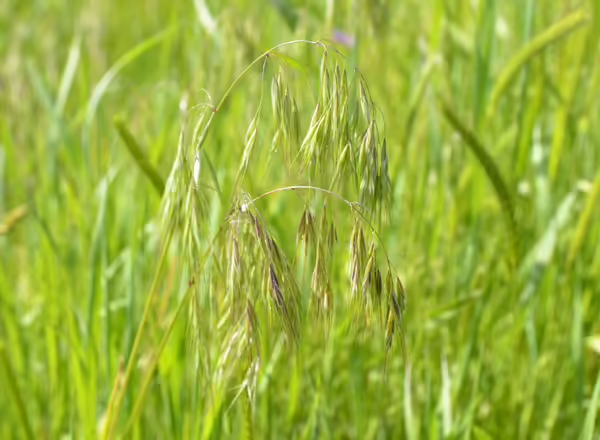
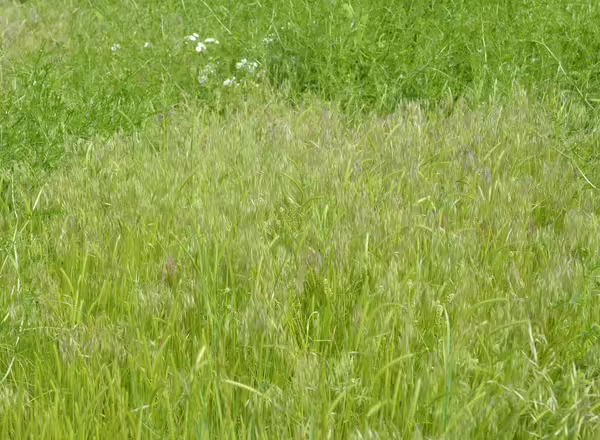
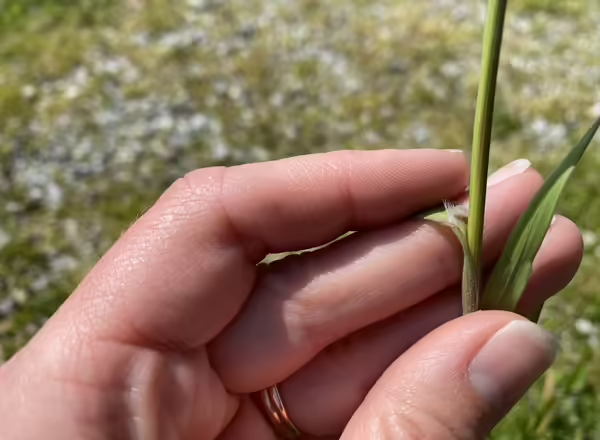
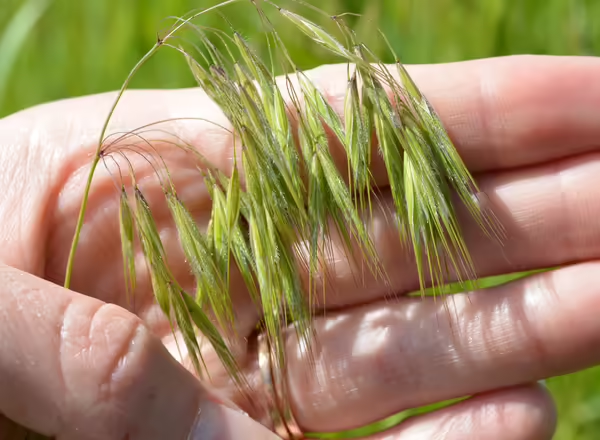
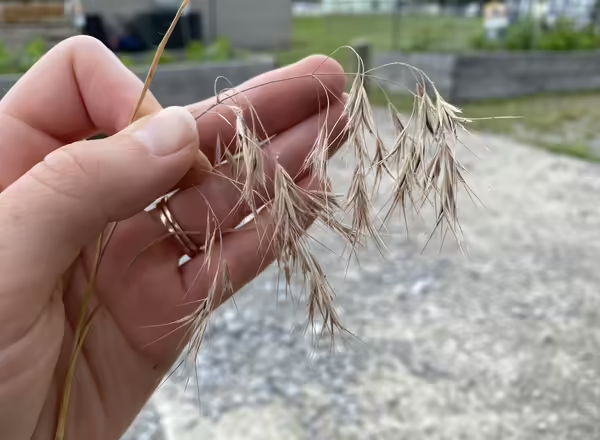
Cheatgrass, Bromus tectorum, is a non-native winter or spring annual. It grows between one and three feet tall in disturbed, low-quality habitats. The leaf blades are covered with long, soft hairs.
When identifying this grass, look for its tall membranous ligule. The inflorescence is a...